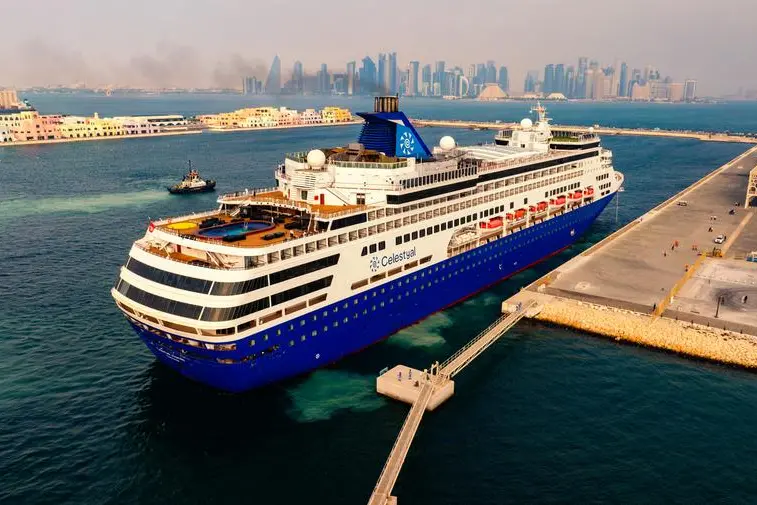Kenya’s aspirations to become a premier destination for cruise tourism along the Indian Ocean are being hindered by its classification as a yellow fever endemic zone by the World Health Organization (WHO). This designation imposes stringent health protocols on cruise ships docking in Kenyan ports, thereby limiting the duration of their stays and, consequently, the economic benefits that could accrue from such visits.
The WHO’s classification stems from Kenya’s history with yellow fever outbreaks, notably in 1992, 1993, 1995, and 2011, primarily in the Rift Valley region. In 2016, two imported cases from Angola were also reported. More recently, between January and March 2022, 53 suspected cases and six deaths were reported in Isiolo County, underscoring the ongoing public health challenge.
This endemic status necessitates that travelers from Kenya present valid yellow fever vaccination certificates when entering other countries. For cruise passengers, this requirement translates to a maximum allowable stay of 48 hours in Kenyan ports. Exceeding this duration would necessitate vaccination or potential quarantine at subsequent ports of call, a stipulation that deters longer port calls and reduces the economic impact of cruise tourism.
In contrast, neighboring Tanzania has managed to avoid the WHO’s red list, despite the presence of the mosquito vector and risks in neighboring countries. The WHO classifies Tanzania as a low-risk country for yellow fever, and the nation has implemented measures in line with WHO guidelines to maintain this status. Consequently, cruise ships can dock for extended periods in Tanzanian ports without imposing additional health requirements on passengers, thereby enhancing the country’s appeal as a cruise destination.
The economic implications for Kenya are significant. In the previous year, the country received seven cruise ships carrying approximately 7,000 passengers. However, the potential for greater economic benefit is curtailed by the limited duration of port stays. Local businesses, tour operators, and the hospitality sector are unable to fully capitalize on the spending power of cruise tourists due to these time constraints.
Kenyan authorities are cognizant of the challenges posed by the yellow fever endemic classification. Efforts are underway to engage with the WHO to review and potentially revise Kenya’s status. This involves a comprehensive analysis of the country’s yellow fever history, current epidemiological data, and the effectiveness of existing control measures. The objective is to demonstrate that Kenya has achieved a level of control over yellow fever transmission that would warrant reclassification.
In the interim, Kenya continues to implement robust surveillance and vaccination programs to mitigate the risk of yellow fever outbreaks. Public health campaigns aim to increase awareness and vaccination coverage, particularly in high-risk areas. These measures are not only crucial for safeguarding public health but also play a pivotal role in bolstering the country’s case for reclassification by the WHO.
The disparity between Kenya and Tanzania’s experiences underscores the broader implications of health classifications on international tourism. While health and safety must remain paramount, the economic ramifications of such classifications necessitate a balanced approach. For Kenya, achieving a change in its yellow fever status could unlock significant economic opportunities, particularly in the burgeoning cruise tourism sector.
In conclusion, Kenya’s current designation as a yellow fever endemic zone presents tangible challenges to its cruise tourism ambitions. Addressing this issue requires a multifaceted strategy encompassing enhanced disease surveillance, effective vector control, widespread vaccination campaigns, and constructive engagement with international health authorities. Success in these endeavors could pave the way for Kenya to fully harness the economic potential of cruise tourism, benefiting local communities and the national economy alike.

